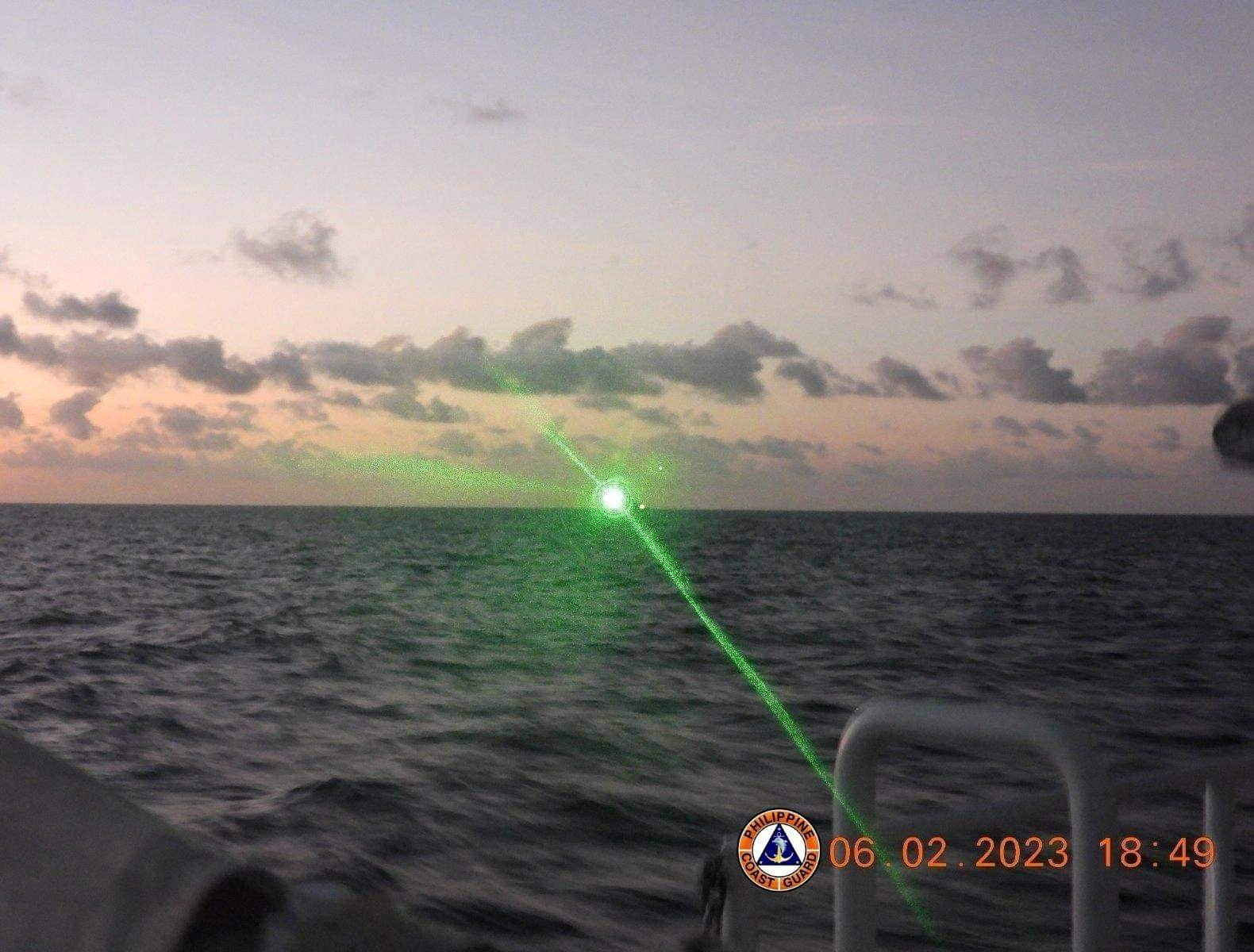
Lauren C. Moye, FISM News
[elfsight_social_share_buttons id=”1″]
The U.S. will defend its allies in the South China Sea if China continues its aggressive behavior toward Philippine vessels, the State Department warned on Monday.
A Chinese coast guard ship allegedly used a military-grade laser on Feb. 6 to temporarily blind the crew of a Philippine Coast Guard ship that was attempting to resupply military forces located near the Second Thomas Shoal, Philippine officials said.
State Department Press Secretary Ned Price called the use of lasers “provocative and unsafe” in a statement released yesterday.
“More broadly, the [People’s Republic of China’s] dangerous operational behavior directly threatens regional peace and stability, infringes upon freedom of navigation in the South China Sea as guaranteed under international law, and undermines the rules-based international order,” Price said.
In July 2016, an international arbitration ruling declared China had no vast exclusive territorial claims in the South China Sea.
However, China persists in claiming almost the entire South China Sea while ignoring the claims of other Asian countries to its resources. This has been a source of conflict between China and other countries. There have been allegations of conflicts between Philippine fishermen and Chinese coast guard ships.
On Feb. 6, the Philippine Coast Guard ship BRP Malapascua was attempting to deliver food and supplies to military personnel on the BRP Sierra Madre, a ship that has been grounded on the Second Thomas Shoal since 1997.
However, officials say this resupply mission was interrupted when a Chinese vessel “made dangerous maneuvers” to block their access. During this time, a “green laser light” was fired twice from the opposing vessel.
On Monday, Chinese Foreign Ministry spokesperson Wang Wenbin said the Philippine vessel BRP Malapascua trespassed into Chinese waters. Wenbin said the Chinese coast guard vessels responded “professionally and with restraint at the site in accordance with China’s law and international law.”
While Wenbin’s statement admits the ships took some action against the Philippine vessel, Beijing did not mention the laser.
The Philippines Department of Foreign Affairs sent a formal diplomatic protest to the Chinese Embassy about the “shadowing, harassment, dangerous maneuvers” and use of a laser.
“The United States stands with our Philippine allies in upholding the rules-based international maritime order and reaffirms an armed attack on Philippine armed forces, public vessels, or aircraft, including those of the Coast Guard in the South China Sea, would invoke U.S. mutual defense commitments under Article IV of the 1951 U.S. Philippines Mutual Defense Treaty,” Price warned.
The incident comes during escalating tensions between the U.S. and China over a ‘spy balloon’ and other unidentified flying objects shot down in North American airspace.
Additionally, China is also most likely responsible for mysterious green lasers spotted over Hawaii in late January. The National Astronomical Observatory of Japan (NAOJ), which owns the Subaru Telescope on the Hawaiian island of Mauna Kea, caught the lasers on camera on Jan. 28 around 2:00 a.m. local time (7:00 a.m. ET).
NAOJ originally assumed it was a NASA mapping satellite, but NASA scientists later said a “simulation of the trajectory of satellites that have similar instruments” found that a Chinese satellite was most likely.
The Chinese Daqi-1/AEMS satellite is equipped with a laser as either a topographical mapping tool or a measuring device for air pollutants.
However, some have noted the laser’s appearance around the same time that the Chinese ‘spy balloon’ was first noticed in U.S. airspace.
